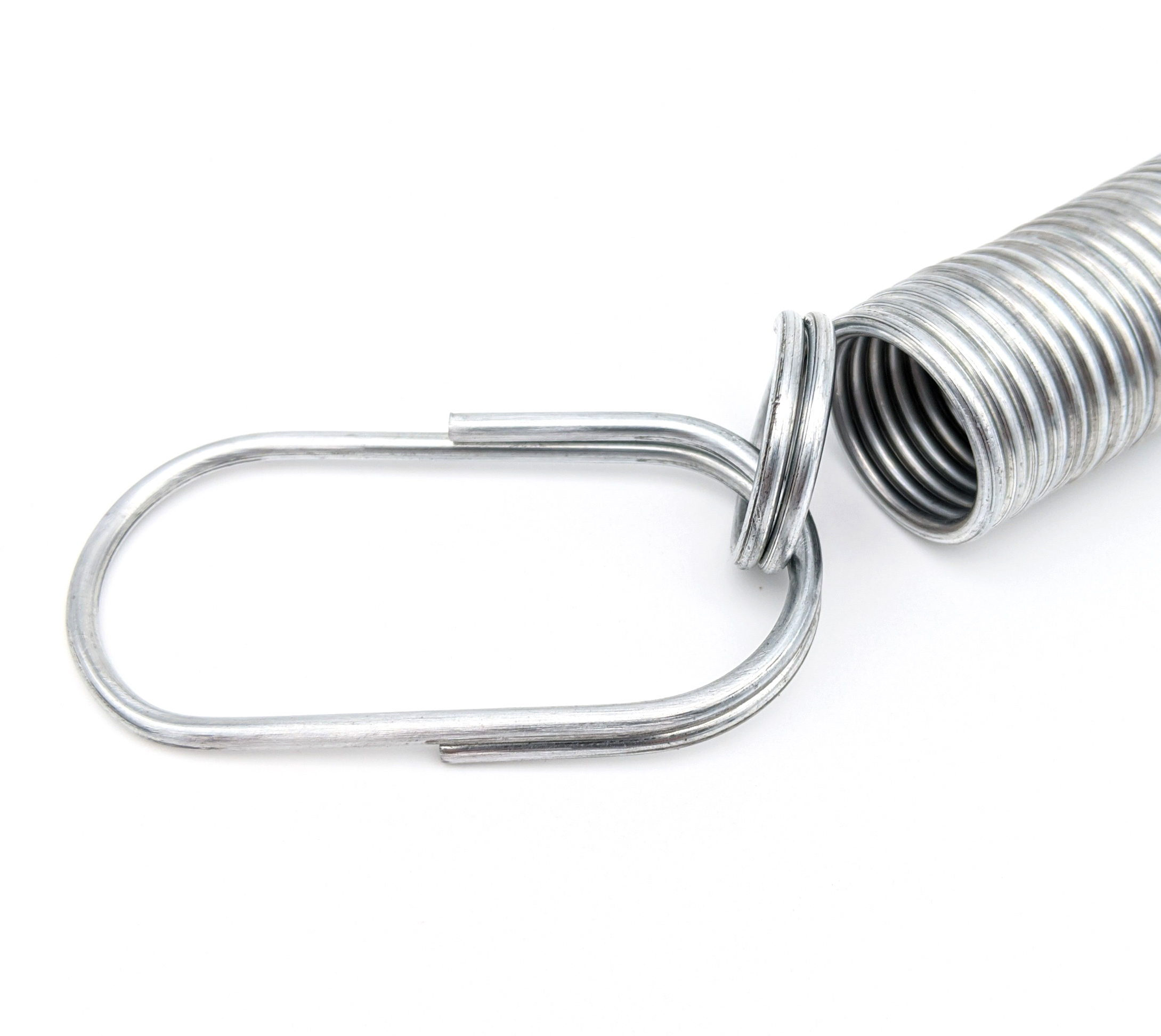Get unique, complex parts easily. No matter your requirements, Chaoyi Spring creates hard-to-produce coil springs and wire forms.
Let us help you create the custom wire form you need, from S-hooks and J-hooks to utility hooks and more.
We work closely with customers across a wide range of industries, helping them design and manufacture made-to-order parts.
Why choose Chaoyi Spring? We prioritize customer-focused collaboration, modern equipment and the latest technology to make your parts per print.
Find the information and guidance you need, from measuring a spring to learning about materials, placing an order and much more.
Have you ever wondered how a door hinge smoothly swings open and closed, or how a car's steering wheel returns to its centered position? The answer lies in a fascinating


Have you ever wondered how a door hinge smoothly swings open and closed, or how a car's steering wheel returns to its centered position? The answer lies in a fascinating and versatile type of spring known as a torsion spring. These springs, often overlooked but crucial to countless applications, harness the power of twisting force to create smooth movements, hold objects in place, and store mechanical energy. From the intricate mechanisms of watches to the robust suspension systems of vehicles, torsion springs play a vital role in shaping our everyday experiences.

A torsion spring, unlike its compression and extension counterparts, works by twisting rather than stretching or compressing. It's essentially a spring designed to resist rotational force, storing energy as it twists and releasing it as it untwists. Imagine a metal rod that can be easily twisted; the more you twist it, the more resistance it offers. That's the basic principle of a torsion spring.
The secret to a torsion spring's operation lies in its unique construction. It's typically made of a wire or metal strip coiled into a helical shape, resembling a spiral staircase. When a force is applied to one end of the spring, it twists the coil. This twisting motion creates a resistance, similar to the resistance you feel when you twist a rubber band. The amount of force required to twist the spring, known as the torque, is proportional to the angle of twist. This linear relationship between torque and angle is key to a torsion spring's predictable behavior. The twisting force also creates a restoring force, pulling the spring back to its original position when the applied force is removed.
Torsion springs come in a wide variety of shapes and sizes, each designed for specific applications. Here are a few common types:
Torsion springs are truly ubiquitous, silently working behind the scenes to make our lives easier and more enjoyable. Here are a few examples of their wide-ranging applications:
Torsion springs offer several advantages over other types of springs, making them ideal for a wide range of applications:
Selecting the correct torsion spring for your application is crucial for optimal performance and longevity. Several factors need to be considered:
Torsion springs are truly unsung heroes of the engineering world. They silently work behind the scenes in countless applications, making our lives easier, smoother, and more efficient. From the simple act of opening a door to the intricate workings of a watch, torsion springs play a vital role in shaping our everyday experiences. Understanding their operation and benefits is essential for engineers and anyone seeking to harness the power of twisting force in their own projects.
So next time you encounter a smoothly operating door hinge or a responsive steering wheel, take a moment to appreciate the hidden force behind these everyday marvels. Torsion springs, with their ability to twist and store energy, are a testament to the ingenuity of engineering and their crucial contribution to our world.
Browse some of the custom wire forms and springs that we manufacture. Don’t see what you need? We specialize in made-to-order products that meet your application requirements.
Visit Our GalleryNeed a custom wire form or coil spring? We make it work. Fill out the contact form and a representative will respond within 1 business day. If you have a PDF or CAD file, you can submit to request a quote.